- Published on
- Updated on
Device is connected to Internet but webpages arent loading: fixing errors
- Authors
Your computer (laptop) indicates that the Internet is functional, yet no browser can open a webpage. What should you do when encountering this seemingly perplexing issue? Explore the comprehensive guide below, which delves into troubleshooting methods for browsers on both Windows 10 and Windows 11, regardless of your Internet access mode—whether it's via a cable, router, or Wi-Fi.
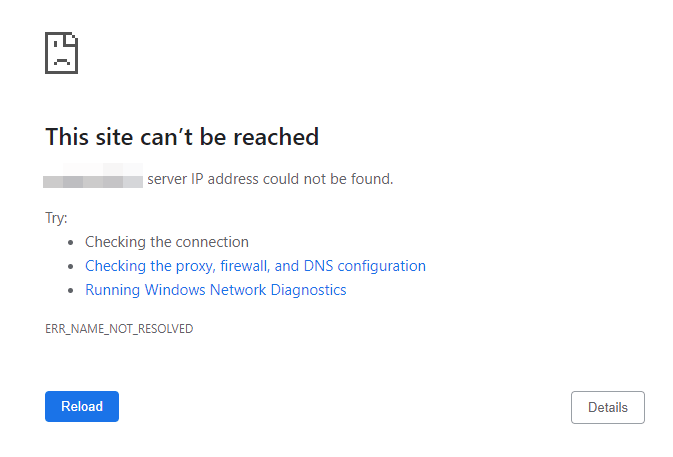
We will thoroughly examine various strategies to rectify browser issues on your Windows device.
Table of Contents
- Fixing your Internet connection: basic tips
- Checking Your PC for Viruses via Malwarebytes
- Browser Error Codes
- Using VPN Tools
- Opening the Cached Version of a Webpage
- Checking for Registry Errors on Windows 10
- Checking Your Browser Settings and Extensions
- Unable to Open a Webpage Due to DNS Issues
- Clearing DNS Cache on Windows 10
- Checking Static Routes
- Resetting the TCP/IP
- Reinstalling Windows 10
- FAQ
Fixing your Internet connection: basic tips
Express Method 1: Begin by ensuring that your device is connected to the Internet. Check the notification bar (bottom right) for any exclamation marks, red crosses, or white ones on a red background.
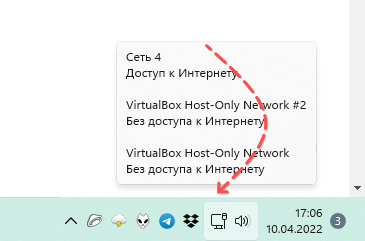
To verify the stability of your connection:
- Visit the Speedtest WiFi website.
- Select a file size.
- Await the results.
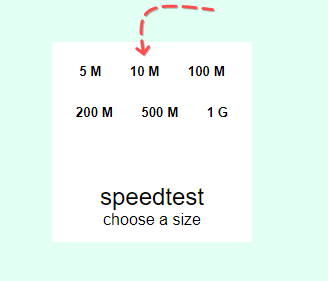
Express Method 2: Ensure that messengers (e.g., Skype or Viber) can receive messages, and other Internet-dependent software functions properly.
Express Method 3: Attempt to open various websites. If the issue persists with a specific site, wait for technical problems to be resolved. Take note of any error codes displayed by your browser.
Express Method 4: If connected via Wi-Fi, check the smooth operation of other devices. Restart the router if necessary. Verify your IP and location using IP geolocation to rule out third-party service interference like VPNs.
Express Method 5: If issues persist, connect the Internet wire directly to your laptop. Check for wire damage. If the problem persists, contact your provider's technical support.
Checking Your PC for Viruses via Malwarebytes
Malware may hinder access to websites via WiFi by modifying the hosts system file. Rather than manually recovering the hosts file, utilize the Malwarebytes utility. Follow these steps:
Step 1: Download Malwarebytes and install it on your PC.
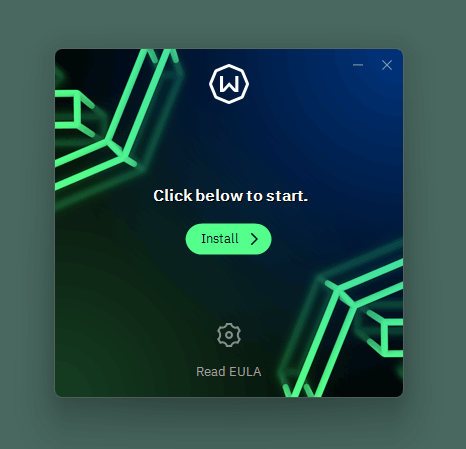
Step 2: Launch Malwarebytes and click the Scan button.
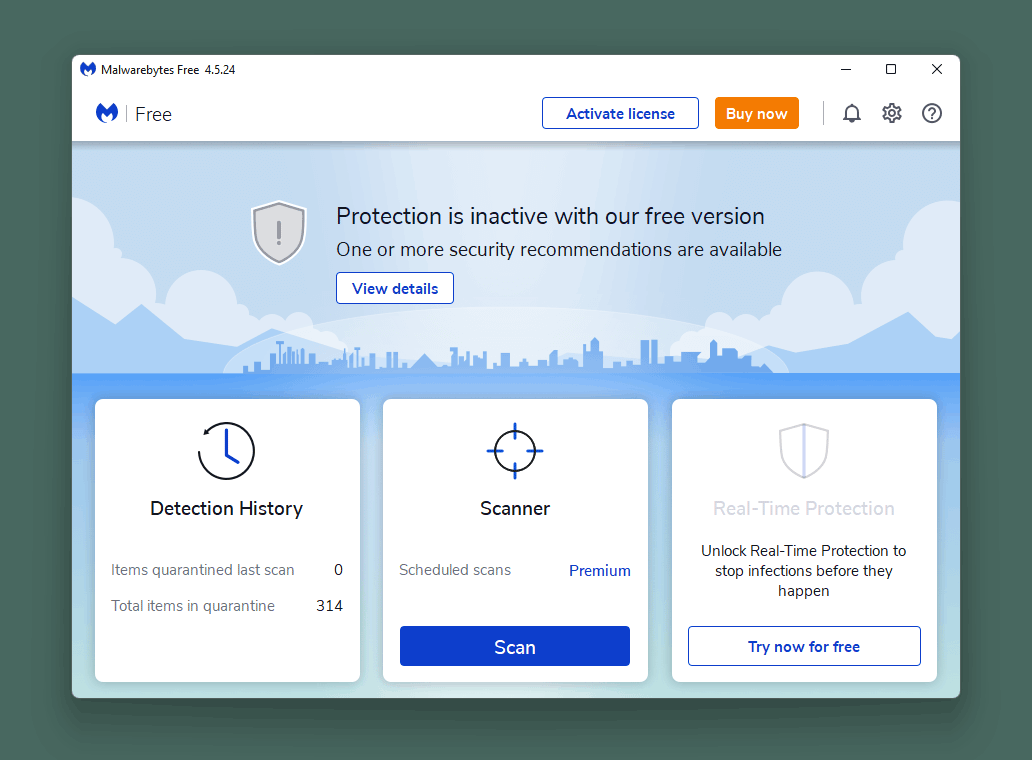
Step 3: Wait for the scan to complete, view the scan report, and remove any detected malicious software.
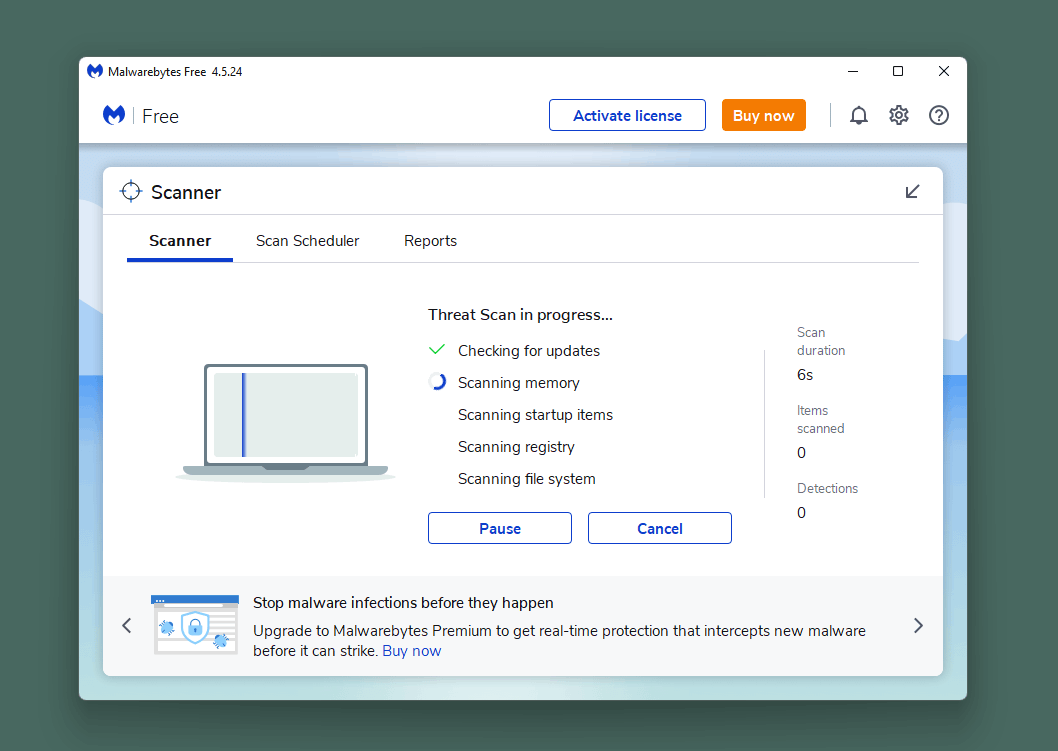
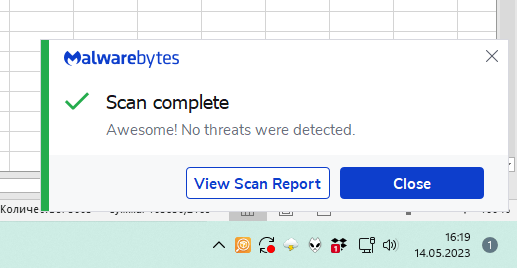
You will see a list of any malicious software that Malwarebytes has found.
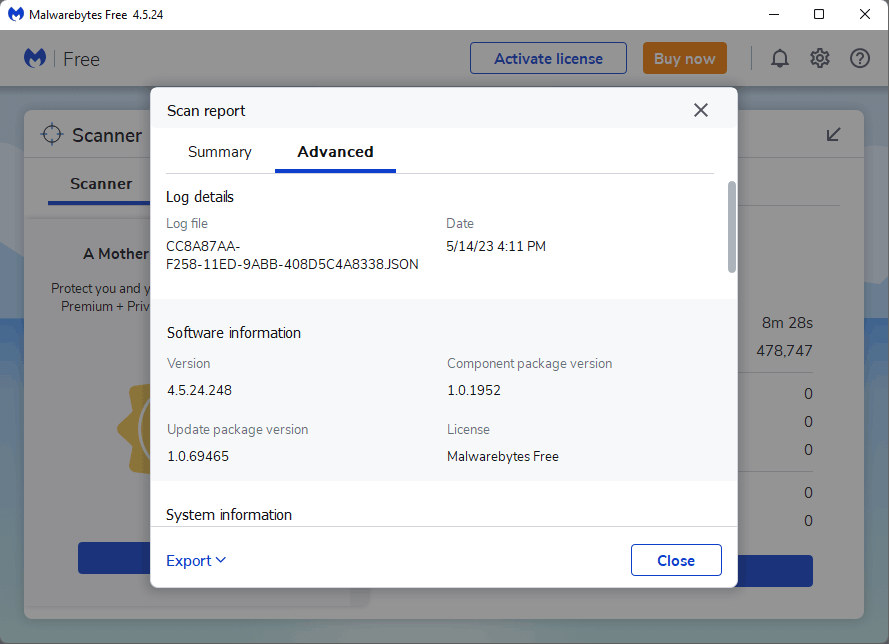
Step 5. Select the items you want to remove and click the Remove Selected button. This will remove the malicious software from your computer.
Step 6. You may also be prompted to restart your computer. If so, do so to complete the removal process.
Step 7. Once your computer has restarted, you can check to make sure that the malicious software has been removed by running a scan again. After the check up, your browser should work in the ordinary mode.
Afterward, your browser should operate normally, with unrestricted access to websites.
Browser Error Codes
When a website fails to open, error codes provide insights into the issue's cause. Common error codes include:
- 403: Page access is denied. Check the webpage address.
- 404: Page not found. Verify the URL or check for automatic redirects.
- 500: Internal server error. Retry after some time.
If your specific error code is not listed, consult the full list of HTTP status codes.
Using VPN Tools
Some sites are blocked in your country of access. Overcome these restrictions using a VPN program like Windscribe VPN:
Step 1: Download and install Windscribe VPN on your device.
Step 2: Open the Windscribe VPN app, log in, and select a server in a country where the website is not blocked.
Step 3: Connect to the VPN and test your connection by visiting the desired website.
With Windscribe VPN, you can effortlessly access pages and websites blocked in your country.
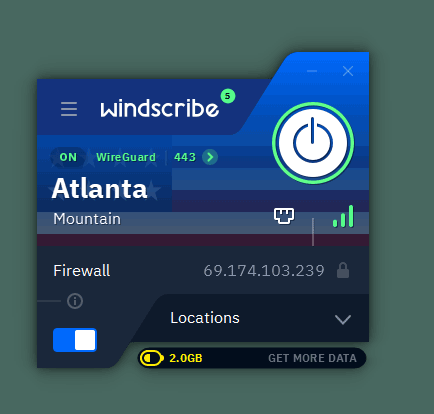
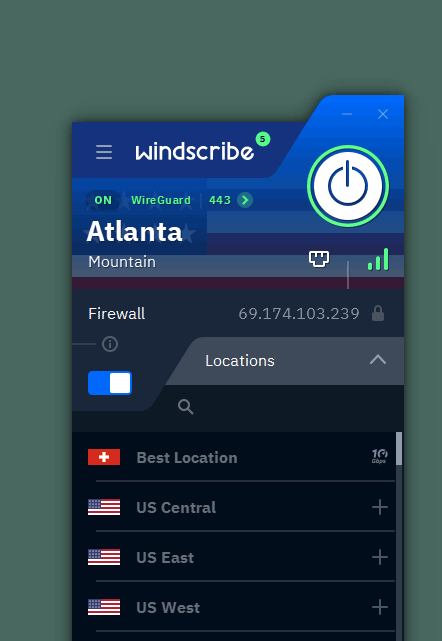
Opening the Cached Version of a Webpage
When unable to open a website, consider accessing its cached version through search engines like Google or the Internet Archive.
Note:
- The cached page mentions "This webpage version is from the Google cache."
- Clicking links on the cached page leads to non-cached pages.
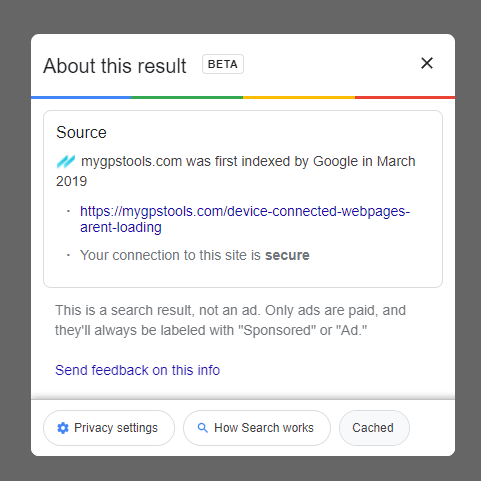
Some remarks:
- At the top of the page you'll find a panel stating that "This webpage version is from the Google cache".
- If you click any link from the cached page, you will be sent to a non-cached page (i.e for each page open a separate copy stored in the cache).
Some webpages and sites may lack cache. Another variant is to use the Internet archive.
Checking for Registry Errors on Windows 10
Address Internet connection issues by carefully examining the Registry. Exercise caution, as incorrect entries can disable Windows.
Follow these steps:
1. Open The Registry Editor: key shortcut Win + R > Run.
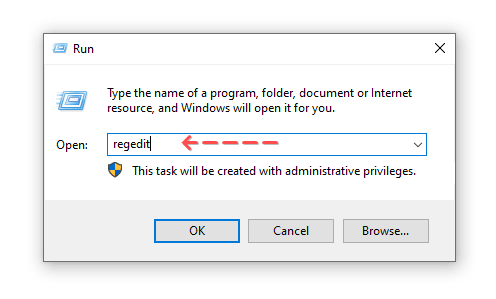
2. Go to Regedit > Enter; the Registry Editor window opens.
3. Find HKEY_LOCAL_MACHINE in the left panel. Click on the triangular arrow and open the contents;
4. Open SOFTWARE – Micrоsoft – Windоws NT – CurrеntVersiоn – Windows; (full path – My computer – HKEY_LOCAL_MACHINE – SOFTWARE – Microsoft – Windows NT – CurrentVersion – Windows) step by step.
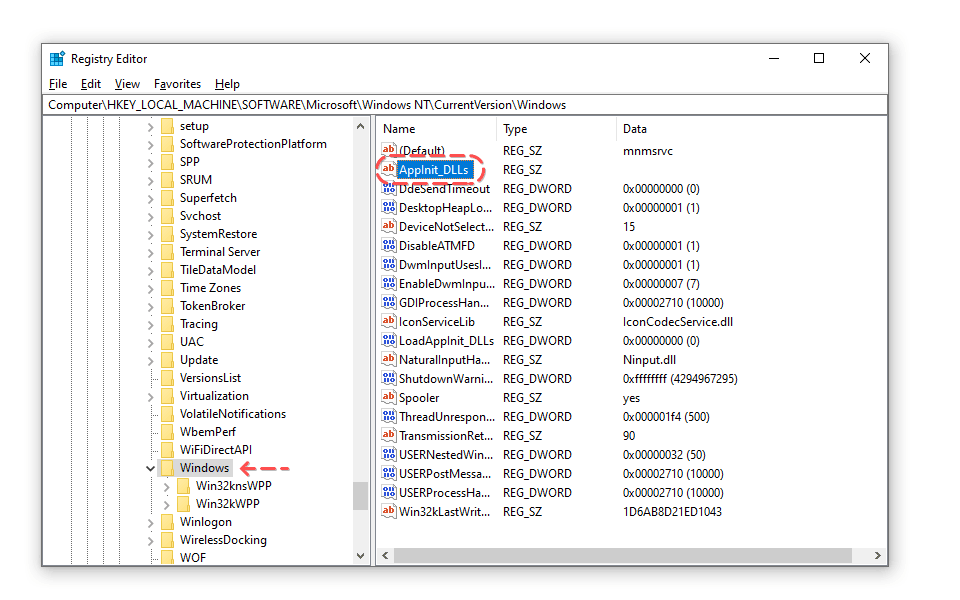
5. The АppInit_DLLs section is the one you need. If there is anything entered in the Value bar, it should be erased.
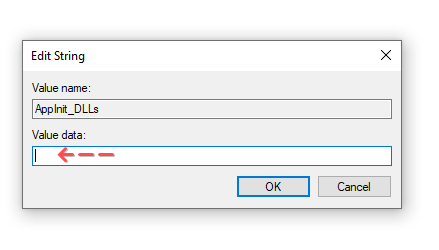
6. Perform the same sequence of actions, but in the HKEY_CURRENT_USER branch this time.
7. Restart your PC and attempt to open a website.
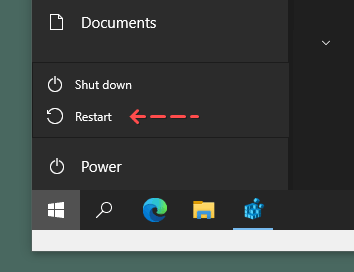
8. Try opening any website via a browser again.
Checking Your Browser Settings and Extensions
For Google Chrome users:
- Go to Menu > Settings.
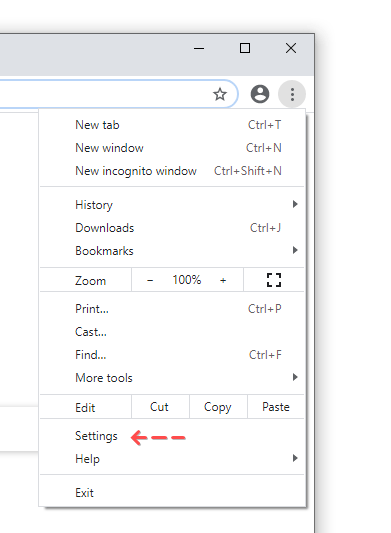
- Navigate to Advanced > System.
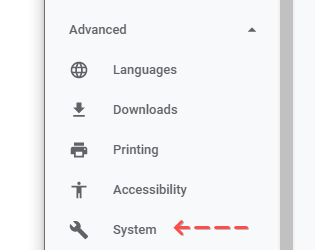
Check proxy server settings, extensions, and remove unneeded or suspicious ones.
Restart your browser.
Unable to Open a Webpage Due to DNS Issues
Damaged DNS server addresses can impede website access. Follow these steps to fix DNS:
- Go to Control Panel > Network and Internet > Network connections.
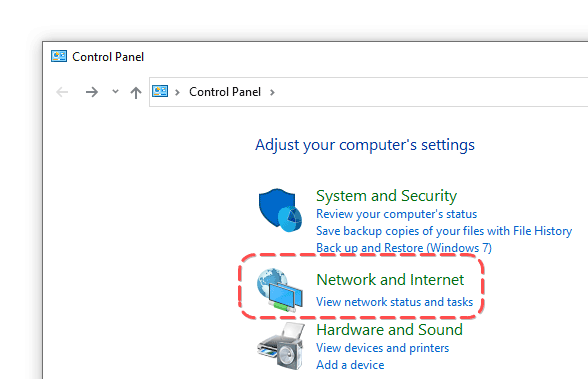
Select your Internet connection, go to Properties, and choose TCP/IPv4.
Double-click "Use the following DNS server addresses."
Specify
8.8.8.8and8.8.4.4.Click OK, reboot your computer, and check if the issue is resolved.
Clearing DNS Cache on Windows 10
If websites still won't open, clear the cache and reset network settings:
Open Task Manager (Ctrl + Alt + Delete or Ctrl + Shift + Esc).
File menu > Start new task.
Enter CMD and run it as an administrator.
Enter the following commands one by one and restart your computer:
ipconfig /registerdns
ipconfig /renew
ipconfig /release
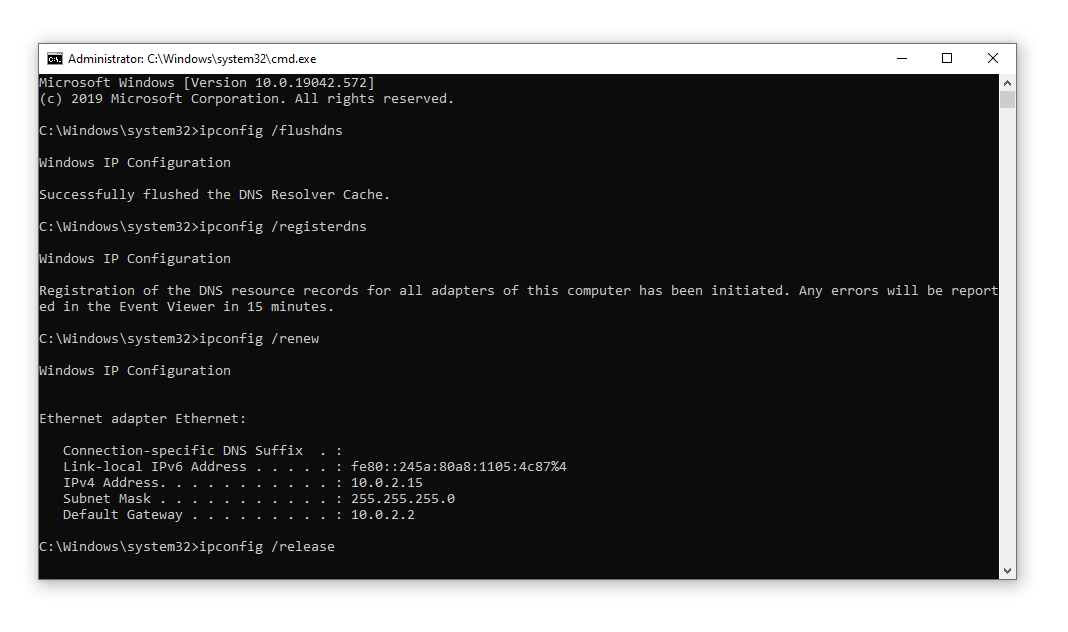
Checking Static Routes
Viruses may insert fake entries in your computer's static routes. Clear the list of static routes:
Open the command line (Win + R > cmd).
Run the command "route -f."
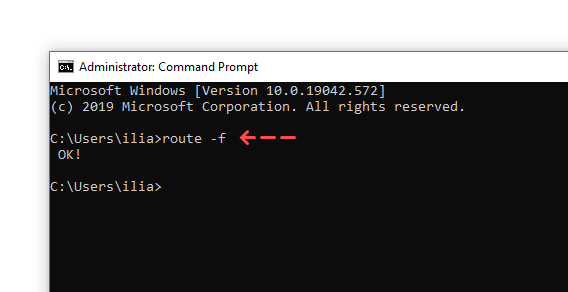
- Clearing the routes should enable webpage access.
Resetting the TCP/IP
If all else fails, reset the TCP/IP:
Open the command line (Win + R > cmd).
Enter the commands "netsh winsock reset" and "netsh int ip reset."
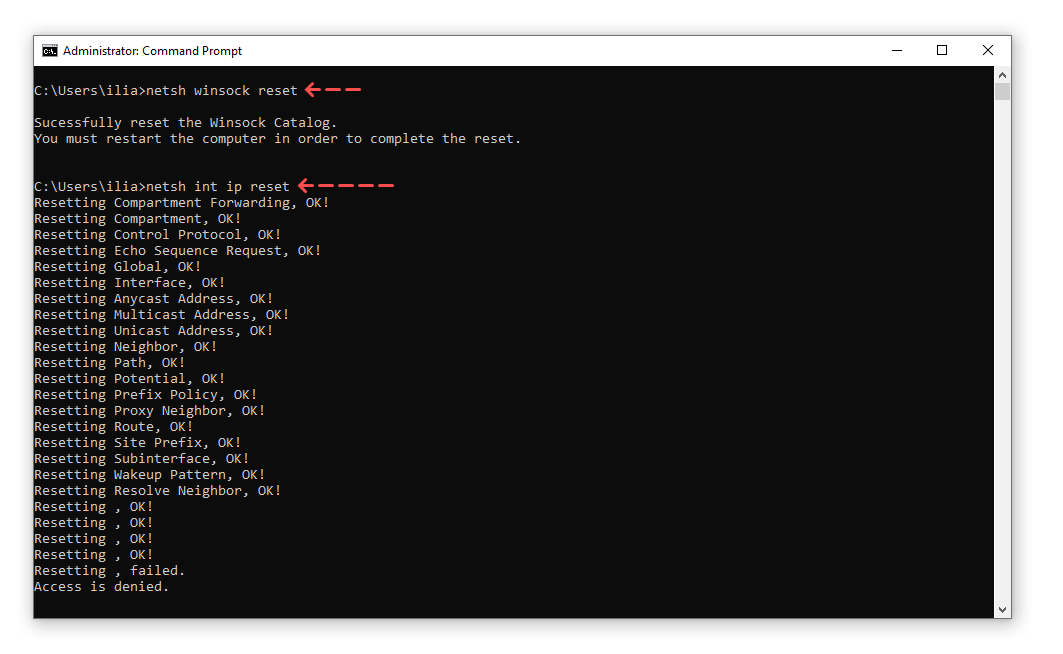
- Restart your PC and check your browser's functionality.
Reinstalling Windows 10
If the above methods prove insufficient, consider reinstalling your operating system for a fresh start.
FAQ
Q: I am connected to the Internet but cannot access websites.
A: Virus infection is a common cause. Use the Malwarebytes app to check for and remove viruses.
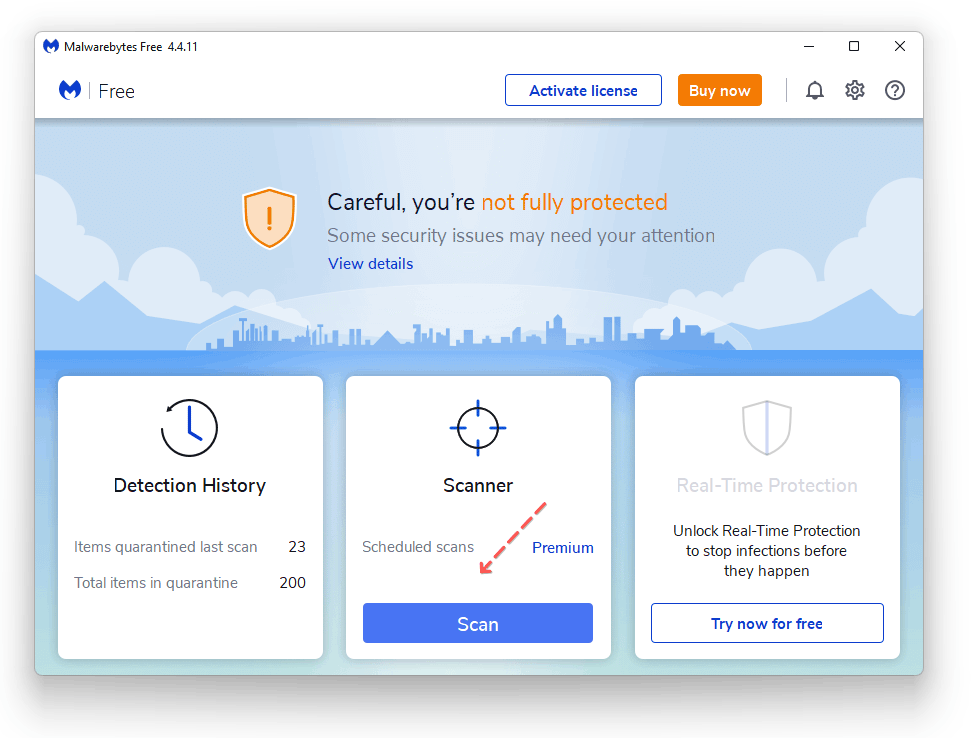
Q: Laptop connected to the Internet but not loading pages. There are no viruses. What to do?
- Restart your modem or router.
- Reboot your PC.
- Check the network cable connection.
Q: Why won't my laptop load websites on Windows 11?
A: Possible software errors. Follow the recommended steps and ensure all updates are installed.
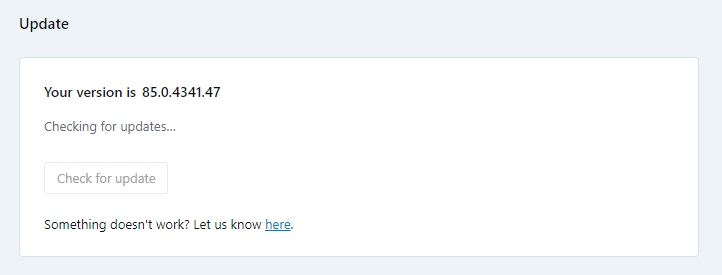
Q: Browser does not open websites on my laptop. Everything is OK on another computer and the Internet is working.
A: Check browser settings, clear cache/cookies, update the browser, and remove extensions.
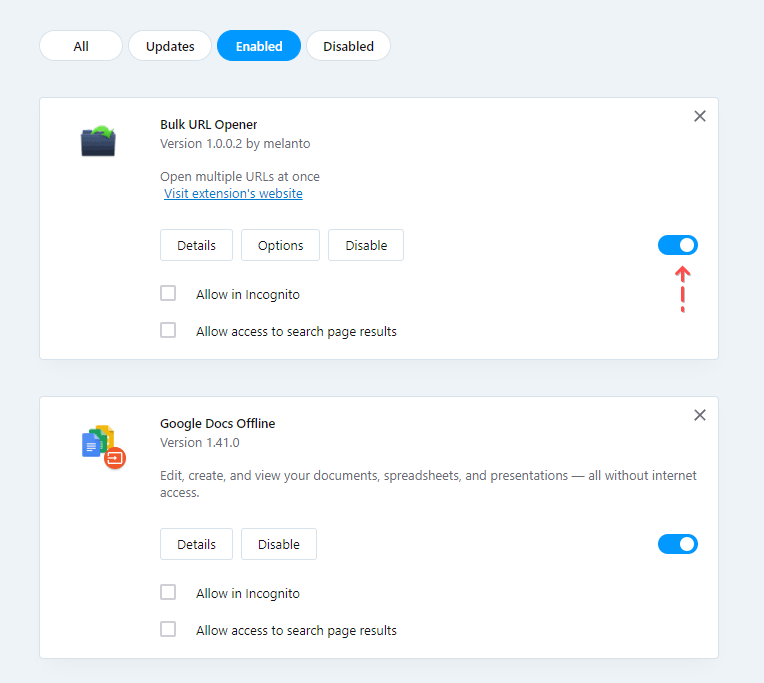
Q: All sites open, but several important pages are inaccessible.
A: Check if the site is still functional. Verify for technical failures on your end, such as firewalls or link-blocking applications.
If Internet access is administratively controlled, consult your administrator regarding the issue.
For further assistance or inquiries, feel free to ask.
Result: 0, total votes: 0
I'm Mike, your guide in the expansive world of technology journalism, with a special focus on GPS technologies and mapping. My journey in this field extends over twenty fruitful years, fueled by a profound passion for technology and an insatiable curiosity to explore its frontiers.